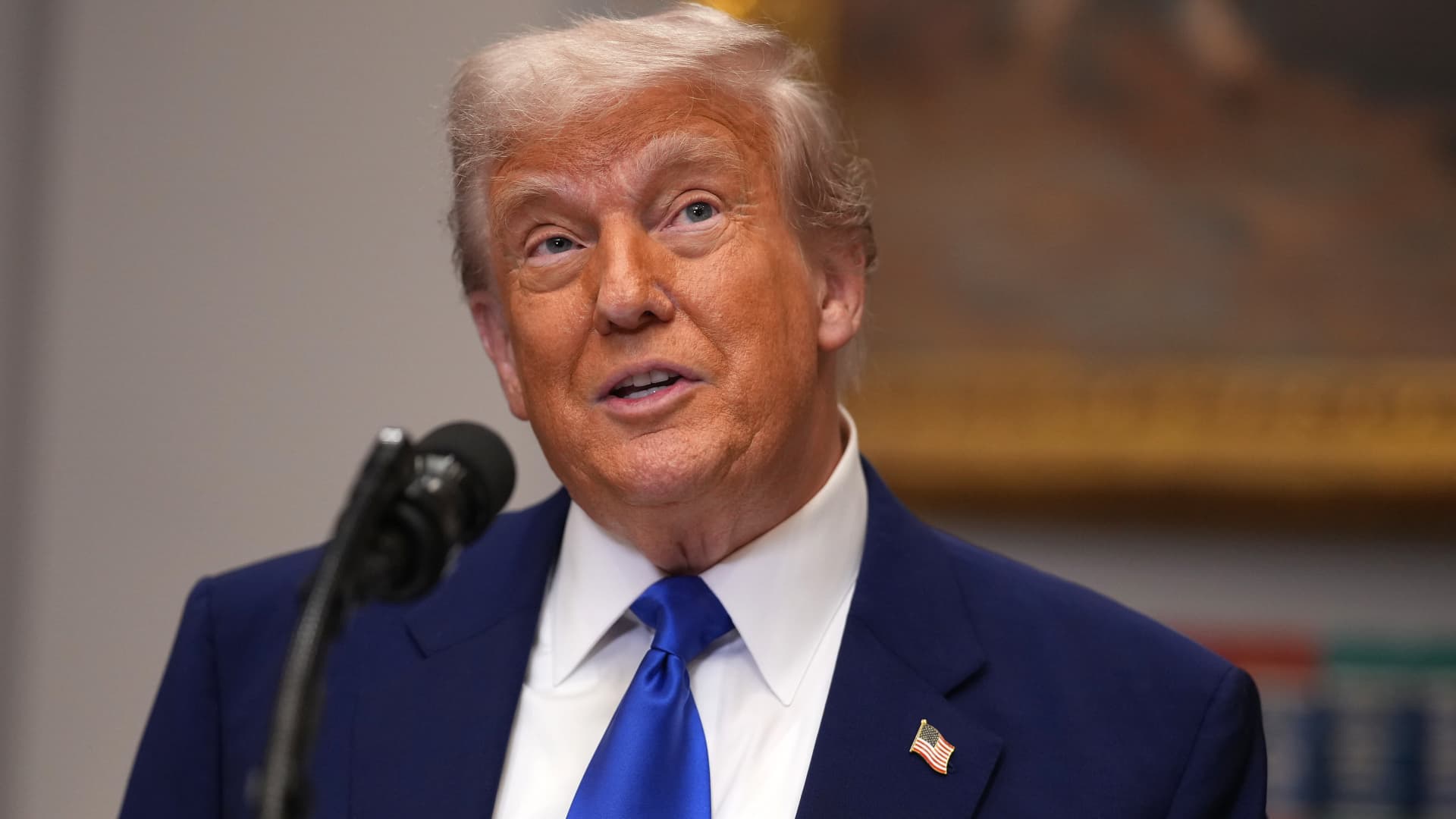The Trump-China Trade Agreement: A Comprehensive Analysis
The trade landscape between the United States and China has long been a battleground of tariffs, countermeasures, and economic brinkmanship. However, recent developments have introduced a ray of hope for a more cooperative and mutually beneficial trade environment. President Donald Trump’s announcement that China has agreed to “open itself up to American business” and suspend or remove non-tariff countermeasures imposed since April 2 signals a potential turning point. This agreement, which includes a 90-day pause on most tariffs, carries profound implications for both countries and the global economy.
The Tariff Truce
Immediate Impact on Tariffs
The decision by the U.S. and China to temporarily halt tariff escalations for 90 days is a pivotal moment in their trade relationship. The U.S. has agreed to pause most of the tariffs it imposed on Chinese goods, while China has agreed to suspend its initial 34% tariff on the U.S., retaining only a 10% tariff during this period. This pause is expected to alleviate some of the economic pressures that both countries have been experiencing due to the trade war.
The suspension of tariffs is not just a pause in hostilities but a strategic move to create a conducive environment for negotiations. For the U.S., this means a temporary reprieve from the financial strain caused by increased tariffs on a wide range of Chinese imports. For China, it means an opportunity to demonstrate its willingness to engage in constructive dialogue while maintaining some level of economic protection.
Market Response
The announcement of the tariff truce has had an immediate and positive impact on global markets. U.S. equity futures rallied, with the S&P 500 futures soaring by 3% and Dow Jones Industrial Average futures rising by over 900 points, or 2.3%. This market surge reflects investor optimism about the potential for a more stable trade environment and reduced economic uncertainty.
The market response underscores the high stakes involved in the U.S.-China trade relationship. Investors have been wary of the economic fallout from the trade war, and the announcement of a tariff truce has provided a much-needed boost to market confidence. This optimism, however, is tempered by the realization that the 90-day pause is just the beginning of a complex negotiation process.
Economic Implications
For the United States
The U.S. economy stands to gain significantly from the tariff pause. The average tax increase of nearly $1,300 per U.S. household due to Trump’s tariffs is expected to be mitigated during this period. This relief will be welcome news for American consumers, who have been bearing the brunt of the trade war.
Moreover, the agreement to open up China’s markets to American businesses could lead to increased exports and economic growth. This could be a game-changer for U.S. companies that have been struggling to access the lucrative Chinese market. However, the long-term impact will depend on whether the two countries can reach a formal agreement within the 90-day window.
For China
China, on the other hand, faces both opportunities and challenges. The suspension of non-tariff barriers could lead to increased foreign investment and technological transfer, which are crucial for China’s economic development. However, the 10% tariff retained by China could still pose a barrier to U.S. exports, and the country must navigate the complexities of opening its markets while maintaining economic stability.
For China, the agreement represents a delicate balancing act. On one hand, it must demonstrate its commitment to a more open and transparent trade environment. On the other hand, it must protect its domestic industries and ensure that foreign investment does not come at the expense of national sovereignty.
Future Prospects
Potential for Long-Term Agreement
The 90-day pause provides a critical window for both countries to negotiate a more comprehensive trade agreement. Key areas of discussion will include tariffs, non-tariff trade barriers, currencies, and subsidies. If successful, this could lead to a “total reset” in U.S.-China trade relations, as suggested by President Trump.
The success of these negotiations will depend on the ability of both countries to address long-standing trade issues and find common ground. This will require a high degree of diplomatic skill and a willingness to compromise. However, the potential benefits of a comprehensive trade agreement are substantial, including increased trade, investment, and economic growth.
Risks and Uncertainties
Despite the optimism, there are several risks and uncertainties. The agreement still needs to be signed, and the outcome of the negotiations remains uncertain. Moreover, if no formal agreement is reached within the 90-day period, tariffs could go back up, potentially leading to further economic turmoil.
The risks are not just economic but also political. The trade war has become a highly charged political issue in both countries, and any agreement will need to be sold to domestic audiences. This will require a delicate balancing act, as both countries must navigate the complexities of domestic politics while pursuing their national interests.
Conclusion
A New Chapter in U.S.-China Trade Relations
The agreement between the U.S. and China to temporarily slash tariffs and open up markets marks a significant step towards a more stable and mutually beneficial trade relationship. While the 90-day pause offers a window of opportunity for negotiations, the future of U.S.-China trade relations remains uncertain. The success of this agreement will depend on the ability of both countries to navigate complex trade issues and reach a comprehensive deal that benefits both economies.
The world watches with bated breath as this new chapter in U.S.-China trade relations unfolds, hoping for a resolution that brings stability and growth to the global economy. The stakes are high, and the challenges are significant. However, the potential benefits of a comprehensive trade agreement are substantial, and the world will be watching to see if the U.S. and China can rise to the occasion.

